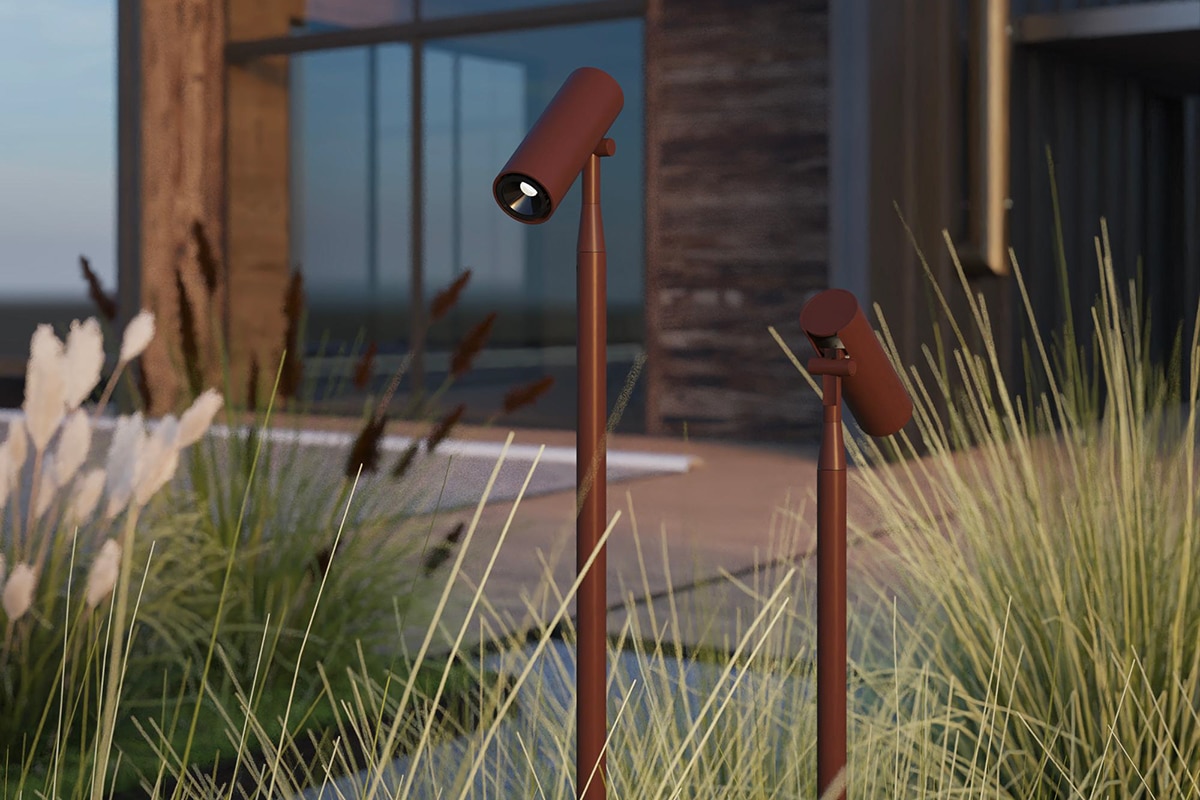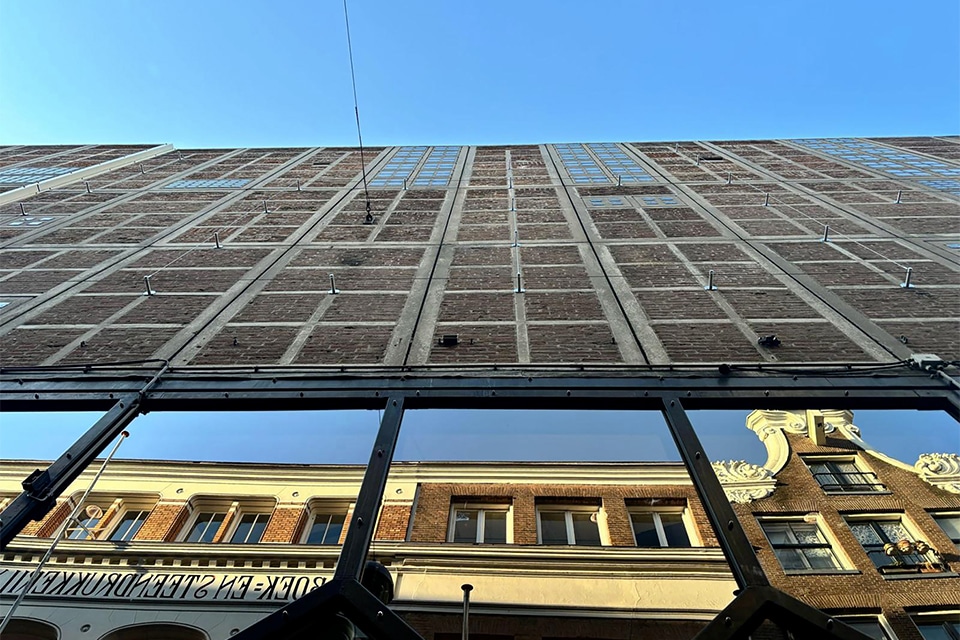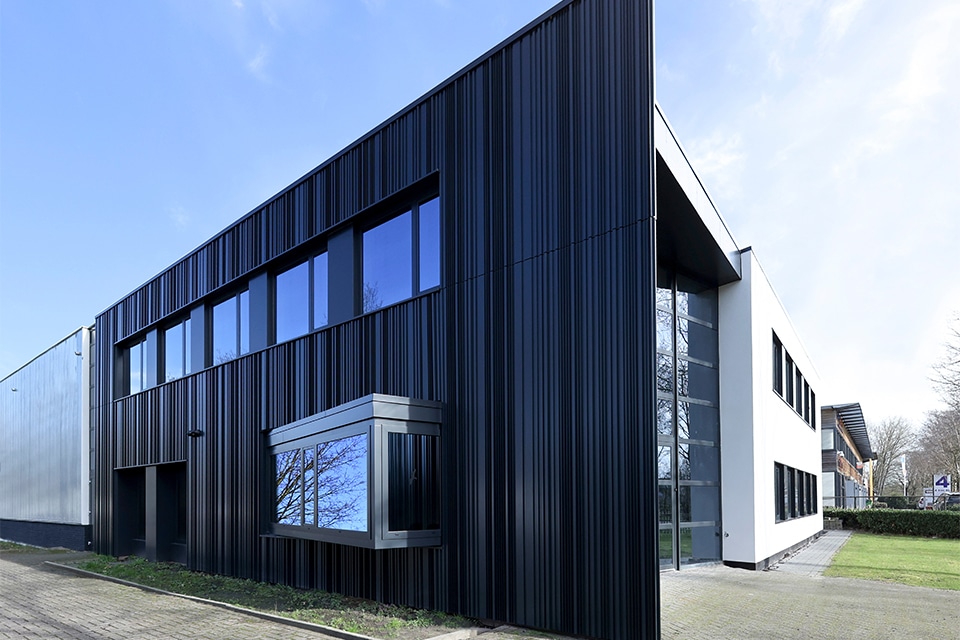
AGC's 2022 sustainability report now online
Our Sustainability Report is now online at www.agc-glass.eu and describes the 2021 environmental performance of AGC Glass Europe, which operates with two divisions (the Architectural Glass division and the Automotive division). This performance is due to the ongoing commitment of all AGC Glass Europe sites to meet the company's environmental targets by 2030!
Manufacturing activities: our environmental performance for 2021 at a glance
Energy recovery and electricity generation: AGC started installing solar panels and heat recovery plants in 2009. Since then, electricity production has steadily increased to 32 221 MWh of recovered and self-generated energy in 2021.
Air: On a similar basis, Upstream Operations have reduced direct CO2 emissions per ton of glass sold by 10% since 2002. The use of heavy fuel oil has been consistently phased out over this period and completely discontinued by 2020. In specific dust emissions, the reduction since 1999 comes to about 63%.
Water: From 1998 to 2021, we were able to reduce water consumption by 69% on a comparable basis.
Solid waste: The Group produces about 220 000 tons of solid waste per year, of which about 97% is further recycled or recovered on site by its suppliers or contractors.
Transport: 57% of all raw materials are transported by ship, barge and train. As a result, about 57 985 fewer trucks are on the road each year. In 2021, about 42 000 tons of finished glass products were transported by a combination of train and truck, which took about another 2 100 trucks off the road.
Packaging: Today, almost all glass packaging is reusable. AGC Glass Europe achieves a very high figure in reusing packaging. In Belgium, for example, 98% of packaging is reused.
Recycling: AGC Glass Europe recycles about 1 000 000 tons of glass cullet per year, a saving of some 1150 000 tons of raw materials and 700 000 tons of CO2 emissions.
Green energy production at AGC plants
AGC began installing photovoltaic panels and heat recovery systems in 2009. Many projects are being studied to further increase our production of green energy and reduce our electricity consumption from the grid and associated CO2 emissions. The most recently confirmed project involves AGC's float plant in Seingbouse, France, where an ORC waste heat recovery plant and a photovoltaic power plant will be installed in partnership with the energy company E.ON.
Carbon footprint 1:9
AGC Glass Europe monitors the overall carbon footprint of its activities according to the guidelines of the GHG Protocol. AGC's carbon footprint was first calculated in 2009 and then every three years thereafter until 2020. It is now calculated every year to better track the progress of our carbon roadmap. The latest calculation shows that the activities of AGC Glass Europe are directly and indirectly responsible for 3 535 000 tons of CO2 emissions per year (reference year 2020).
AGC Glass Europe also calculates the carbon avoided thanks to the use of its products, resulting in 33 530 000 tons of CO2 avoided. This means that for every ton of CO2 AGC emits, almost 9 tons are avoided thanks to the use of our products.
Read our Sustainability Report* at www.agc-glass.eu.
(*) The Sustainability Report (in English) is only available online.



